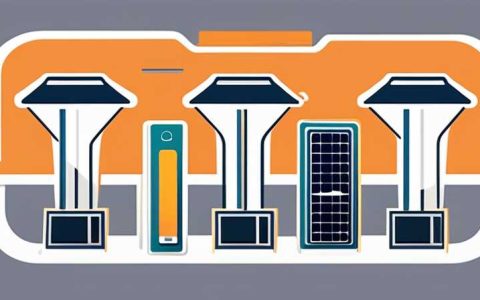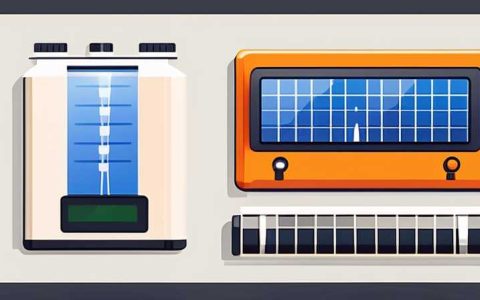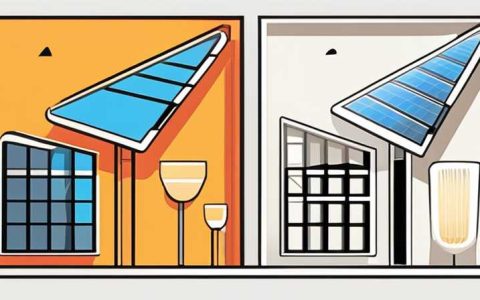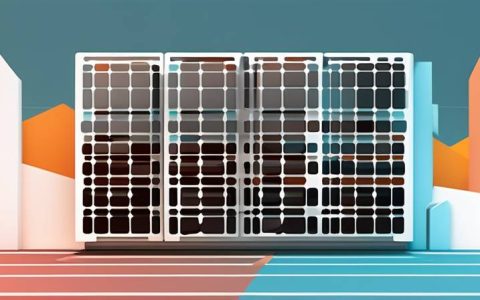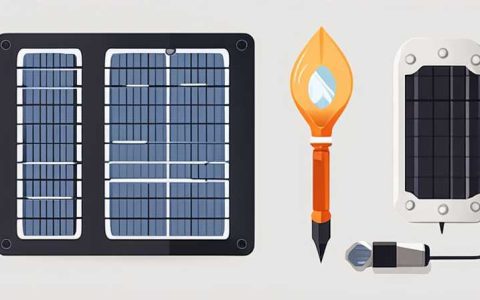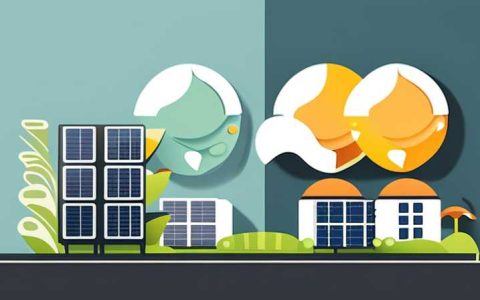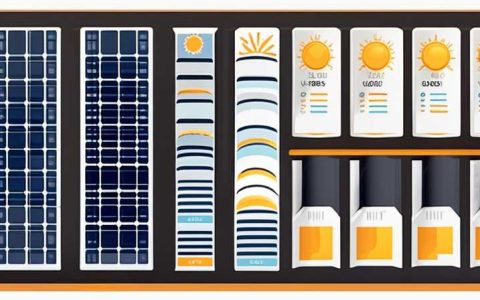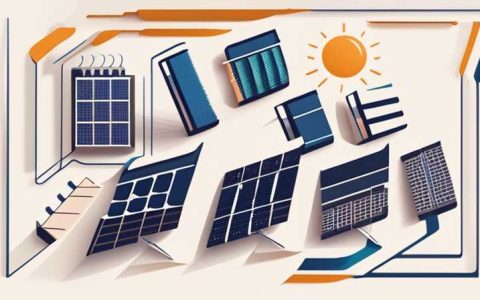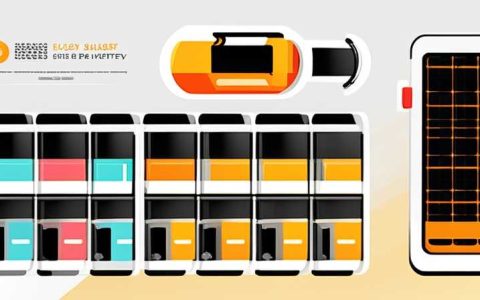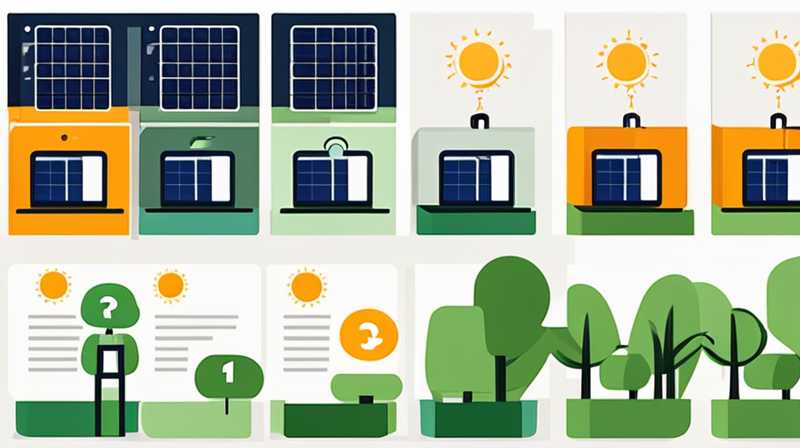
How much does outdoor solar power generation cost
Outdoor solar power generation entails various expenses associated with harnessing solar energy through installations like photovoltaic (PV) systems. 1. Costs can fluctuate based on location, installation size, and equipment choice, 2. Incentives and subsidies significantly impact the final expenditure, 3. Long-term savings and environmental benefits often justify the upfront costs.
One important consideration is the initial costs, which includes evaluating different components such as solar panels, inverters, batteries, mounting hardware, and installation services. These individual costs can vary significantly based on choosing high-efficiency panels versus standard ones, and whether one opts for a professional installation versus a DIY approach. For instance, a standard residential solar power system ranges from $15,000 to $25,000 on average before any credits or incentives are applied. This financial entry barrier often raises questions about the feasibility of adopting such technology for individual households or businesses.
Another essential aspect to address is installation expenses, which can account for a significant portion of the total costs. Professional installation not only ensures that the system is set up correctly to operate efficiently but also that it is compliant with local building codes and safety standards. Moreover, installers may offer warranties that cover potential defects or issues within a specified period. It’s vital to assess multiple professionals to compare quotes and ensure you receive a competitive rate that aligns with the quality of service provided.
1. INITIAL INVESTMENT COSTS
Engaging in outdoor solar power generation requires understanding the magnitude of initial investments. The major components contributing to the cost include solar panels, which form the core of the system, inverters, which convert the direct current (DC) produced by the panels into alternating current (AC) for home usage, and potential batteries for energy storage. The prevailing market prices for solar panels vary widely, from approximately $0.80 to $3.00 per watt, depending on brand, efficiency, and technological advancements.
To provide a clearer view, let’s assume a typical residential installation of approximately 6 kilowatts (kW). The estimated costs of the solar panels alone might range from $4,800 to $18,000. This aligns with the prices for larger installations. Additionally, the type of inverter chosen can also impact costs, with string inverters being more affordable than microinverters or power optimizers. Such variations necessitate careful consideration when budgeting for solar installations.
Moreover, there’s often the necessity of mounting hardware or other accessories, which can incur additional costs. Understanding local climate conditions can help tailor the choice of equipment suitable for individual projects. For example, if there are higher chances of heavy snow, one might need sturdier mounting systems. On a broader scale, thoughtful budgeting for all components ensures comprehensive financial planning for prospective solar power adopters, enhancing long-term savings.
2. GOVERNMENT INCENTIVES AND SUBSIDIES
Recognizing the importance of environmental sustainability, numerous governments and local authorities offer incentives that can substantially mitigate the costs associated with solar power generation. Such programs could include tax credits, rebates, grants, or guaranteed pricing schemes for electricity produced by home solar systems. A prominent example is the Federal Investment Tax Credit (ITC) in the United States, which allows homeowners to deduct a significant percentage of their solar installation costs from their federal taxes.
Each state may have its unique initiatives, fostering a conducive environment for adopting renewable energies. Prospective solar power users must engage in thorough research to identify what programs are available in their respective jurisdictions. This diligence can lead to considerable savings, making the transition to solar energy not only practical but also economically attractive.
Additionally, community solar programs allow residents without suitable roofs for solar panels to participate in solar energy generation. This inclusivity broadens access to renewable energy sources and promotes communal benefits from collective installations and larger-scale solar farms. With various financial vehicles available, capitalizing on all pertinent incentives will reinforce the decision to invest in outdoor solar generation.
3. LONG-TERM EXPENSES AND SAVINGS
When evaluating outdoor solar power generation, one must also analyze long-term financial implications beyond just initial costs. Solar systems have an impressive lifespan, often exceeding 25 years; therefore, considering potential savings becomes paramount. Homeowners can benefit immediately from a reduced utility bill, as solar energy allows for self-generated power and often results in significant savings over time.
For example, households that previously paid $150 per month for electricity could see their energy expenditures dramatically decrease, or in some scenarios, eliminated entirely. With residential solar installations, the average savings can estimate between $10,000 and $30,000 over 25 years, depending on local energy prices and solar panel efficiency. As technology advances and energy prices climb, these savings will only become more pronounced.
Moreover, many homeowners eventually find that they can make an income by selling extra energy generated back to the grid through net metering policies. These policies can offer significant benefits, as they credit solar energy producers for the surplus energy fed back into the electrical grid. With time, these additional income sources increasingly enhance the argument in favor of adopting solar energy, constructing a compelling case for making the transition.
4. MAINTENANCE AND OPERATION COSTS
Though outdoor solar power systems are generally low-maintenance once installed, understanding the ongoing operational aspects and minor potential costs involved is essential. Regular maintenance entails occasional cleaning of panels to ensure maximum exposure to sunlight. In some areas with high dust or debris accumulation, it may become necessary to clean panels several times a year. This cleaning can either involve hiring professional services or investing time into DIY methods, each of which could entail different costs.
Aside from cleaning, monitoring the system’s performance over time is valuable. Solar technologies come equipped with various applications and tools that monitor energy production, helping users detect performance issues and address them promptly. With performance technology, individuals can notice when their system isn’t operating at optimal efficiency due to obstructions, module degradation, or inverter malfunctions. Proper monitoring allows users to make informed decisions on when and if maintenance or repairs are necessary, helping to maintain the system’s long-term functionality and efficacy.
In summary, understanding the complete financial landscape surrounding outdoor solar power generation, from initial investments to maintenance costs, will empower potential users to make well-informed choices. Evaluating both immediate financial aspects and long-term savings potential will play a crucial role in determining the feasibility of investing in solar technology for various settings.
FREQUENTLY ASKED QUESTIONS
WHAT ARE THE KEY ELEMENTS THAT AFFECT SOLAR POWER INSTALLATION COSTS?
The costs associated with solar power installation involve several critical elements. Primarily, solar panel prices vary based on brand, efficiency rating, and type of technology utilized, affecting the overall expense of solar systems. Locations and the size of the installation also play significant roles in determining costs. Utility configurations and regional variations in labor and installation practices contribute further to differences in pricing. Additionally, government incentives and local tax credits can significantly alleviate upfront costs, impacting the investment landscape positively.
Moreover, potential users must consider the operational performance of both the renewable energy system and the location of installation. A rooftop installation might incur fewer costs than a ground-mounted system, though site conditions and is crucial to understand. Thus, prospective buyers must encompass all these considerations for a comprehensive assessment of costs associated with solar energy projects.
IS SOLAR ENERGY WORTH THE INVESTMENT?
Investing in solar energy presents numerous advantages warranting exploration. Financially, many solar systems can lead to substantial savings over time through reduced utility bills. Estimations suggest that households can save anywhere from $10,000 to $30,000 or more across a span of 25 years. Therefore, the initial investment is likely to pay off. Furthermore, integrating solar energy aligns with the global push for sustainability and environmental conservation, hence driving a desired shift towards renewable energy sources, contributing positively to reducing carbon emissions.
While individual circumstances such as location and energy rates may vary the return on investment, the long-term environmental benefits and savings make the endeavor increasingly worthwhile. As technologies improve and battery storage capability expands, solar energy solutions continue gaining advantages and formulating compelling arguments for the switch, making it an investment to consider seriously.
HOW DOES THE TYPE OF SOLAR PANEL IMPACT OVERALL COSTS?
The type of solar panel selected for installation can significantly influence both initial expenditures and long-term financial benefits. Monocrystalline panels, generally recognized for their high efficiency and space-saving potential, are typically more expensive than polycrystalline panels, which have lower efficiency rates and take up more space. The upfront costs will vary considerably based on these factors, thus affecting the overall return on investment.
Additionally, the choice of solar technology can impact performance levels, indirectly affecting financial returns. Higher efficiency panels may produce more electricity, equating to further energy savings and potential income generation if excess energy is fed back into the grid. Thus, understanding the implications of solar panel types becomes vital to making informed choices when considering outdoor solar power generation.
FINAL THOUGHTS ON OUTDOOR SOLAR POWER GENERATION INVESTMENT
Achieving comprehensive awareness surrounding outdoor solar power generation costs proves essential for prospective users contemplating this sustainable venture. Many essential facets, including the initial investments, government incentives and rebates, and long-term savings, must all be evaluated to form an informed decision that aligns with personal or business values.
Most importantly, understanding that while the upfront costs may seem daunting, they can yield significant energy savings and financial benefits over time illustrates the practicality of solar investments. With increasing government support and evolving technology making solar energy more efficient, investing becomes less about initial costs and more about the long-term trajectory towards sustainability and self-sufficiency.
Given rising concerns regarding climate change and running out of conventional energy sources, solar adoption surfaces as a responsible and strategic solution. Thorough research on equipment, installation options, and available incentives will guide potential users toward maximizing their solar investment while accelerating the shift towards a clean energy future.
By embracing solar power generation, economically inclined consumers position themselves on the right side of history, a step that ensures energy independence and facilitates environmental responsibility. Therefore, integrating renewable energy sources remains crucial as society moves towards building a sustainable, energy-efficient future for generations to come.
Original article by NenPower, If reposted, please credit the source: https://nenpower.com/blog/how-much-does-outdoor-solar-power-generation-cost-2/

